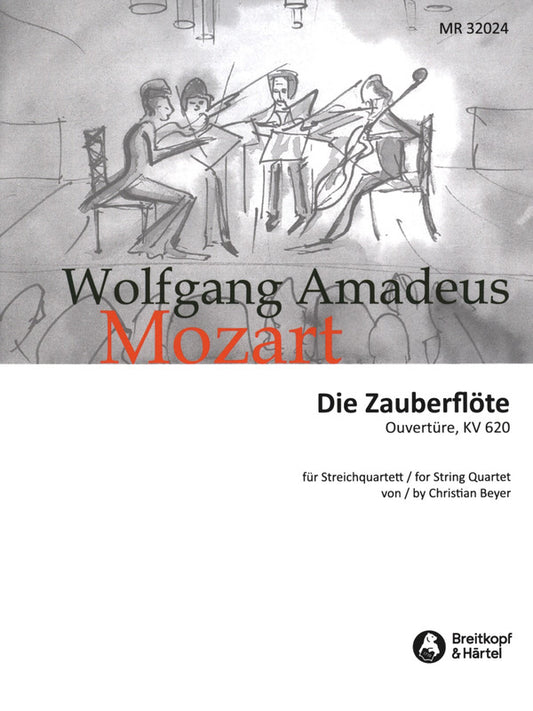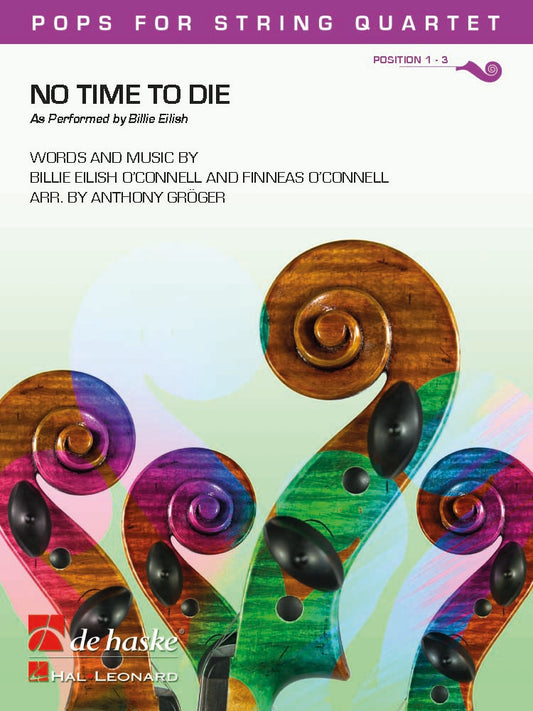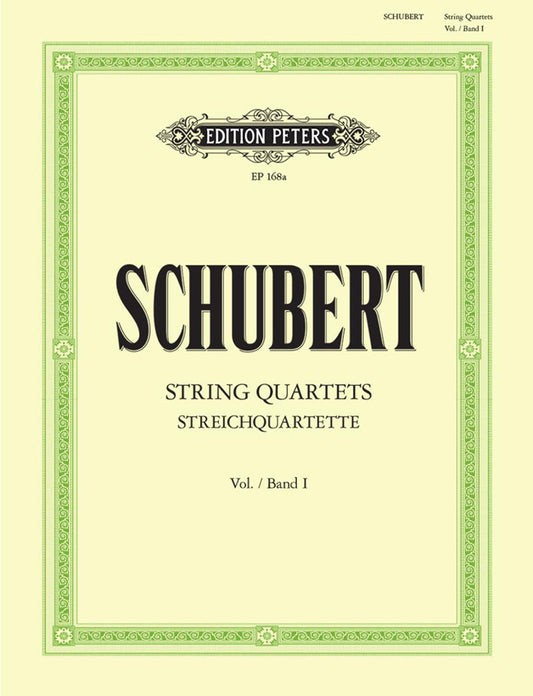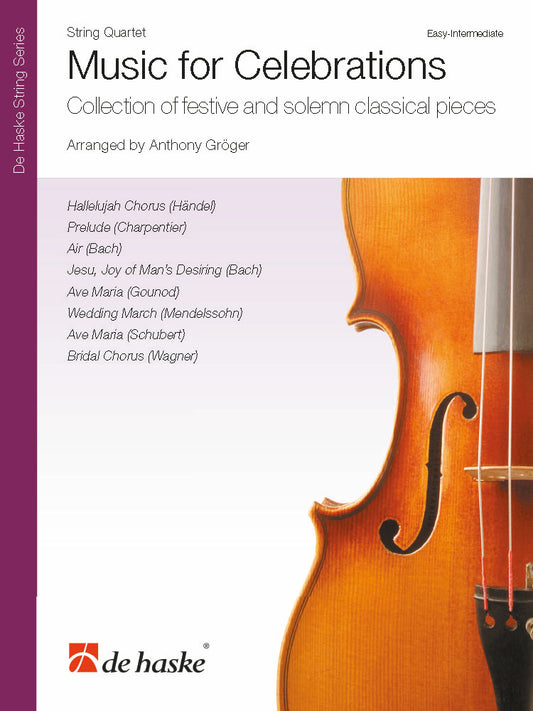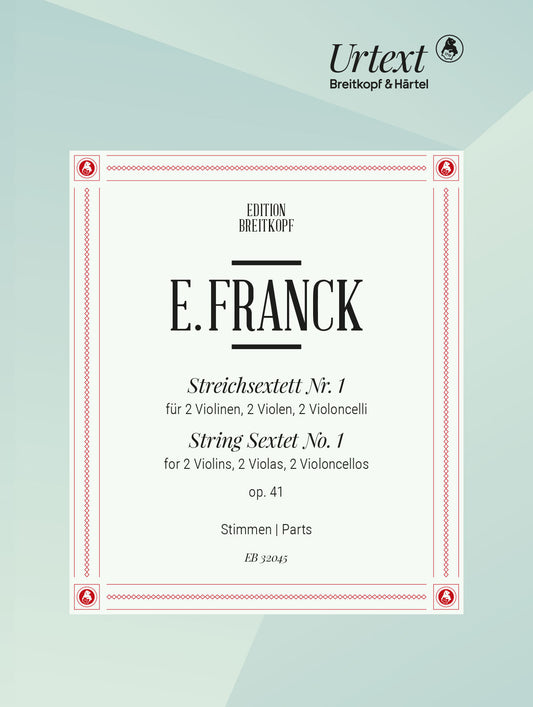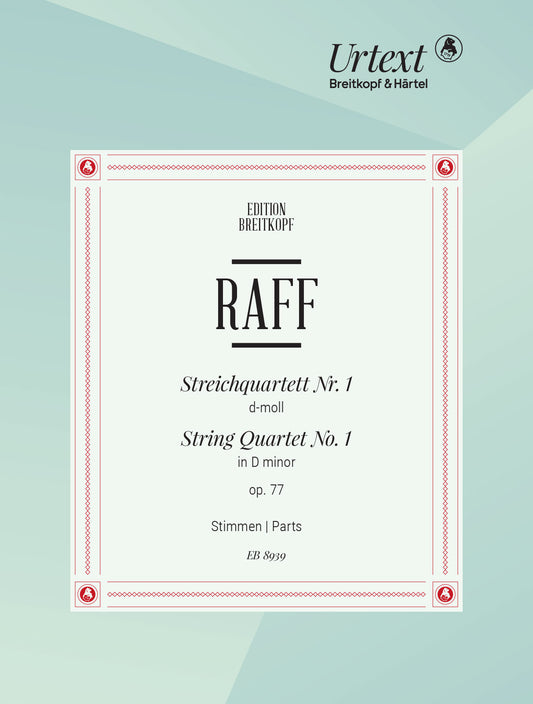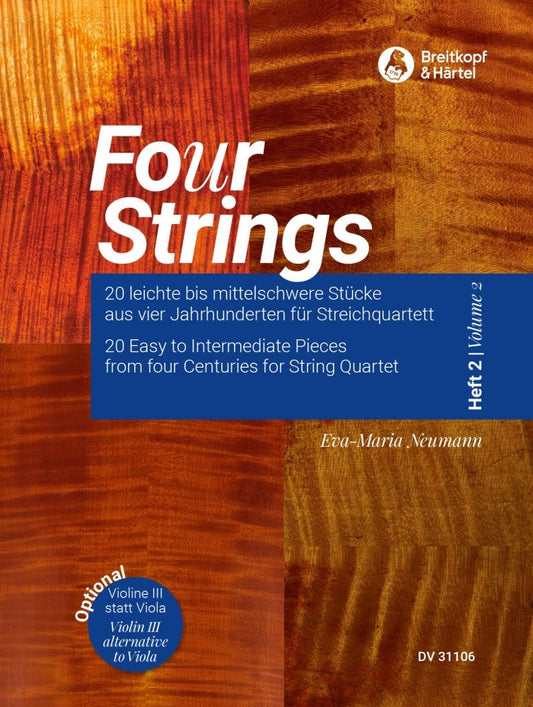-
Lady Gaga: Die With A Smile ~ String Quartet
Regular price £15.99Regular priceUnit price / per -
Beethoven String Quartets Op59/74/95 Parts Breitko
Regular price £49.99Regular priceUnit price / per -
A Pop Christmas Collection String Quarte
Regular price £18.95Regular priceUnit price / per -
Anti-hero String Quartet Arr. Larry Moor
Regular price £14.99Regular priceUnit price / per -
Haydn Streichquartett Heft V Op.33 parts
Regular price £45.99Regular priceUnit price / per -
When Im Sixty-Four Pops for String 4te
Regular price £14.99Regular priceUnit price / per -
Beethoven String Quartet Op133 Grosse F
Regular price £10.50Regular priceUnit price / per -
Bridgerton Wildest Dreams String 4tet
Regular price £11.99Regular priceUnit price / per -
Mozart Magic Flute Str 4tet arrBeyer MR
Regular price £19.80Regular priceUnit price / per -
Movies Collection STR 4TET 10 Film Them
Regular price £16.99Regular priceUnit price / per -
Billie Eilish No Time To Die SET String
Regular price £18.50Regular priceUnit price / per -
Schubert String Quartets Vol1 PET
Regular price £52.00Regular priceUnit price / per -
Coldplay Clocks Arr Longford String 4te
Regular price £13.50Regular priceUnit price / per -
Wellerman HL Pops for String 4tets
Regular price £14.99Regular priceUnit price / per -
Music For Celebrations String 4tet Grog
Regular price £21.99Regular priceUnit price / per -
E. Franck String Sextet no. 1 op.41 par
Regular price £35.99Regular priceUnit price / per -
Rise of Skywalker Str 4tet HL Pops arr
Regular price £13.50Regular priceUnit price / per -
Raff String Quartet No.1 Dmin Op77 Urte
Regular price £37.70Regular priceUnit price / per -
Brahms Academic Festival Overt Op80 Str
Regular price £20.99Regular priceUnit price / per -
Four Strings Vol2 20 Pieces Str 4tet EB
Regular price £31.99Regular priceUnit price / per
Collection:
Sheet music for string quartets refers to compositions specifically written for a group of four string instruments: two violins, a viola, and a cello. This genre is one of the most important in classical music, offering a perfect balance of voices with intricate interactions between the instruments.
History:
-
Origins: The string quartet as a distinct ensemble began to take shape in the mid-18th century. Composers like Joseph Haydn and Wolfgang Amadeus Mozart are credited with developing and popularizing the genre. Haydn, often called the "father of the string quartet," wrote over 70 quartets that laid the groundwork for the form, emphasizing both harmonic and thematic interplay between the four instruments.
-
Classical Era: During this time, string quartets became an important genre for both composers and performers. Mozart's quartets, particularly the later ones, expanded the complexity and expressiveness of the form. These quartets often featured intricate counterpoint and thematic development.
-
Romantic Era: In the 19th century, composers like Ludwig van Beethoven, Felix Mendelssohn, and Johannes Brahms further pushed the boundaries of the string quartet. Beethoven's late quartets, in particular, are renowned for their emotional depth, technical innovation, and expanded structural complexity. The Romantic period also saw an increased focus on individuality and personal expression in quartet writing.
-
20th Century: The string quartet continued to evolve, with composers like Igor Stravinsky, Bartók, and Arnold Schoenberg experimenting with new harmonies, rhythms, and structures. These innovations often broke with traditional forms and expanded the technical demands on the performers.
Today, string quartets remain a cornerstone of classical music, with composers continuing to explore new stylistic possibilities, while classic works from Haydn, Mozart, Beethoven, and others are frequently performed and recorded.





